A few years ago I bought the original dual port Airspy HF+ and was amazed by it’s reception quality. I’m using this sdr receiver up to this day for both HF and FM DX-ing and couldn’t find any other affordable yet so good receiver. Back in 2021 I bought Airspy HF+ Discovery as a replacement in case my dual port receiver is struck by ESD during lightning storm or something else.
Most noticeable differences are lack of metal casing which if present, could be useful in noise and interference reduction, and it has only a single SMA port which is fine for simple setup with single wideband scanner antena, but it’s definitely problematic for someone using separate HF and VHF antennas for better gain and performance. Similarly to dual port model, this device also uses micro-USB port which can potentially cause some troubles. If you stumble upon a connection problem when your computer doesn’t detect a device, or does detect but for some reason SDR software can’t connect to it, please check your usb cable. In my experience even good looking cables with no visible damage to the plug can be faulty, that’s why I’m using my trusted high quality cable filled with ferrite chokes/beads.
In my opinion these receivers should have their production split into more professional HF+ Dual Port and affordable HF+ Discovery lines. It’s sad you can’t get an original HF+ dual port anymore (checked on itead.cc website, 2022-07-17) as it is in my opinion far superior SDR receiver to the newer HF+ Discovery.
In 2021 after I bought my HF+ Discovery I did some checks to be sure if it was working and then I put it into storage for later use. Recently my friend Konrad told me about this weird issue he found. It turns out all wide FM signals are full of mysterious carriers mixed within. This issue persisted on all HF+ Discovery models we and our friends owned, and even some people from RadioPolska forum did notice it too on their HF+ Discovery units.
At first we contacted airspy.com support, however we were left with an information that our units may be faulty due to ESD, our tools are not sufficient in detecting such an issue and we shouldn’t waste our time measuring this receiver with our simple equipment. The response was written in quite unproffesional way which we took as an insult. Indeed my home tool was a simple nanovna analyzer with “CW carrier” option set at 100MHz, but I took it personally and took both units to a place where both devices could be tested on professional high end equipment.
I am a Solaris Synchrotron (Jagiellonian University) employee, althought I am not part of RF/hardware division, I do have an open access to our laboratories and with help from my Solaris coworkers I did multiple measurments on both HF+ Discovery and HF+ Dual Port units.
This is a glimpse of one of Solaris Synchrotron hardware laboratories. As you can see here I’m running GQRX on my Dell Vostro laptop and Airspy HF+ Discovery is hooked up to my laptop using a good known USB cable with multiple ferrite chokes (because why not). That spike at 99.93 MHz you see on a screen is a carrier generated by two high power FM R&S transmitters hooked up to the ring “pushing” beam forward. Current antenna cable on a picture is not connected to anything and this signal you see is already quite strong around the building (we were even wondering about installing a real D-34a road sign as a joke at our parking lot).
To generate a clear 100 MHz sine wave carrier I have used R&S SMC100A signal generator with power output set at -1 dBm (or 0.8 mW) as anything over 0 dBm connected directly to the SDR receiver seemed a bit too much for me. On a third image you should see a clean carrier, however multiple spikes are present confirming our findings.
At this point I wanted to check my hypothesis about some component generating RF interference on a board. To do this I have used an OWON AG1022 function generator set at 40kHz with square wave to make it even more visible on a spectrum, then I hooked up a cable wrapped around receiver to make a poor man’s induction coil and here you go, a 100MHz signal with strong 40 kHz spikes and their harmonics around 100 MHz carrier.
My next task was to check presence of any carriers and interference on an original Airspy HF+ (dual port). As you can see the spectrum is absolutely clean ruling out any other possibilities, therefore source of those interferences must originate within HF+ Discovery.
I have tested various configurations with generated 40kHz square wave signal induced into HF+ dual port board and as you can see here even simple aluminium case greatly reduces interferences. If you have got an HF+ Discovery I encourage you to build a separate external metal casing just to avoid this problem and reduce low frequency interferences.
Here is a clear comparison between Airspy HF+ (dual port) and Airspy HF+ Discovery pictured as screens taken from GQRX program (version 2.15.8):
With this comparison made using industial equipment you can’t deny there is an issue with Airspy HF+ Discovery.
Is there any possibility to reduce or even completely remove those spikes? X2 element on a board is a crystal clock signal generator powered by one of voltage regulators seen on third image. After fiddling around I have found this place as an entry point for interferences due to poor (usb power) noise filtering. A 47pF ceramic capacitor soldered to the R34 resistor pins did a job for me greatly reducing those spikes.
Caution!! Whatever modification You do to the receiver You do on your own responsibility. Any modification can void the warranty. If you plan to buy this receiver and apply my solution, please keep in mind whatever worked for me may not work for you. That’s why further testing needs to be done and I can’t assure you that this modification is a right solution to this problem.
I suppose you are asking yourself right now “should I buy Airspy HF+ Discovery after I read this”? I don’t want to discourage any of you and I still think this is a great receiver in it’s price range, at least comparing to other receivers like RTL-SDR v3 or SDRplay. If you want a great receiver for HF bands, go ahead and buy HF+. If you want a good receiver for listening to the airband or other VHF communication, it’s a great receiver too. If you are a hardcore FM dx-er and want a high performance receiver, there are many options including dual port HF+ if you can find any on ebay, or Sony XDR modification. Sadly brand new dual port HF+ versions are not being sold anymore.
I got a permission to use Solaris Synchrotron laboratory equipment, and I am allowed to mention Solaris in this article.


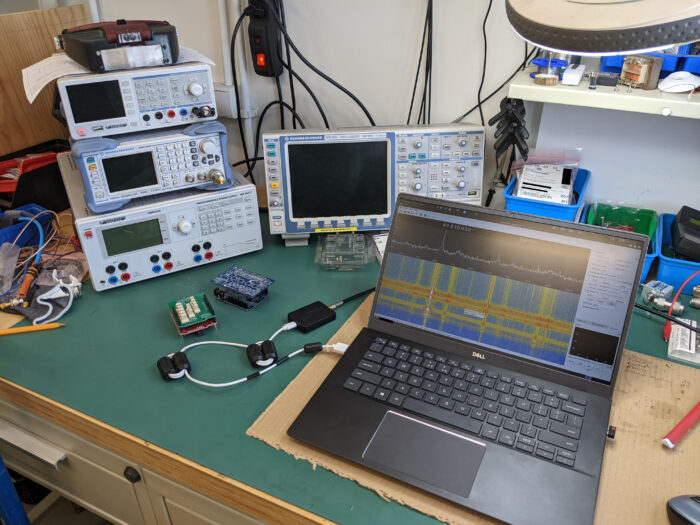
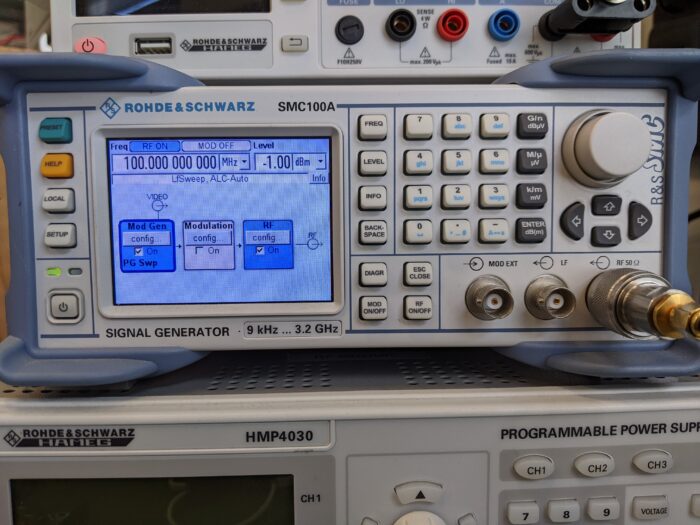

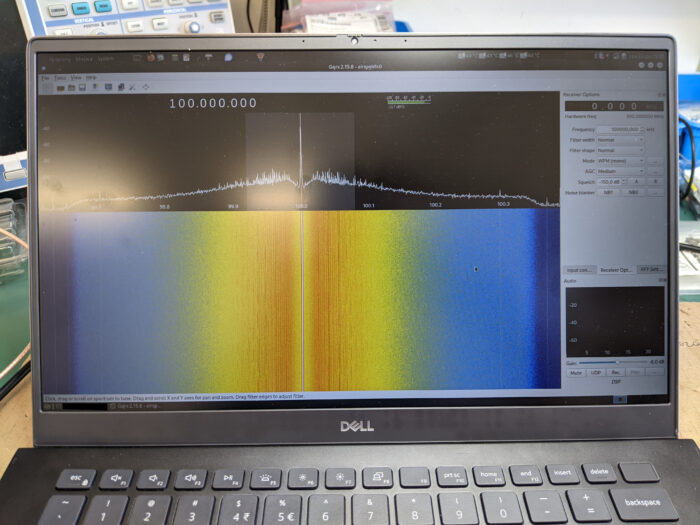
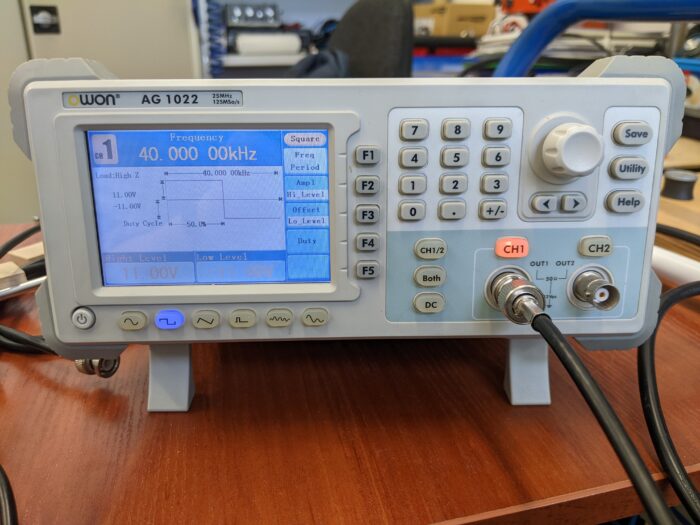

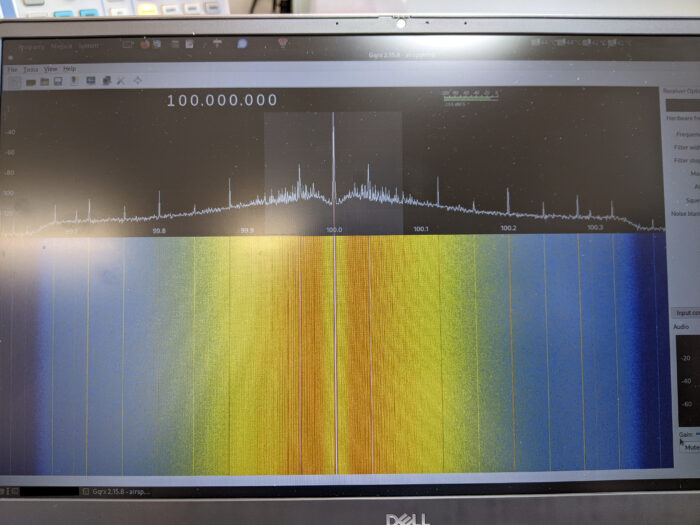
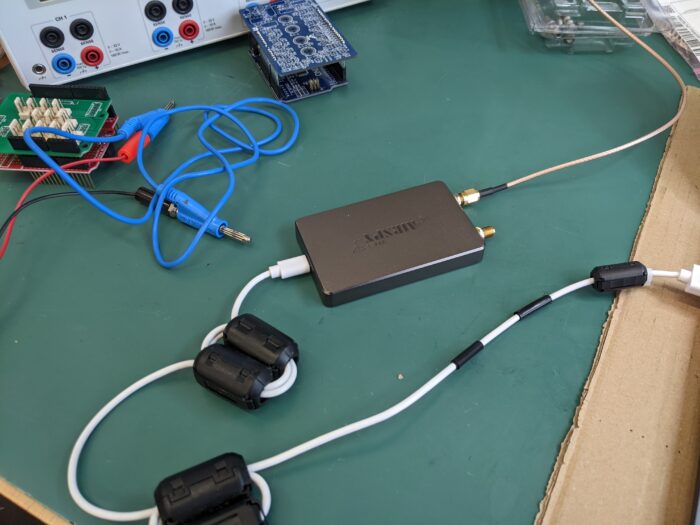
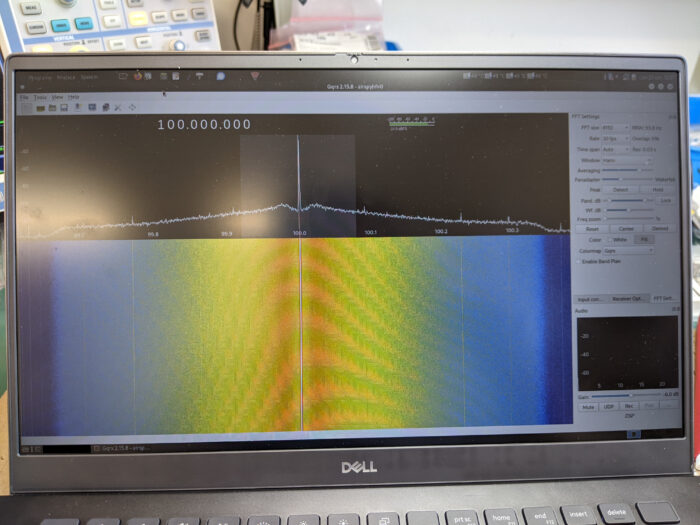

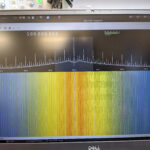
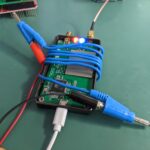
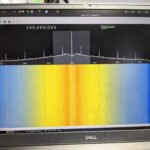
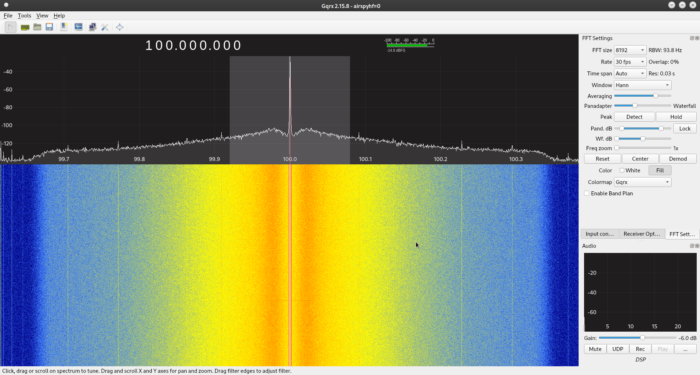
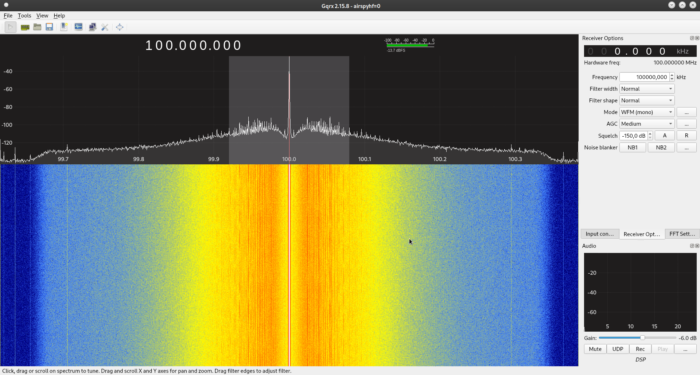



Would be nice to see the frequency before and after picture with the capacitor installed.
James
I will make a followup post or append this post when I do further testing (It’s not like I can go to the lab at any moment without a notice). This single capacitor does make some change, however friends noticed those spikes are still there with different (mostly lower) levels.
So putting a duplexer combiner with crossover frequency around 50 MHz MHz to give one VHF and one HF port will not be the same?
I was thinking there are such standard devices out there for splitting up the one port to HF/VHF-ports.
Maybe something like the diplexer MX-62M by Diamond? Yes it will increase the cost of the receiver unfortunately.
Also a power combiner could do the thing?
The question is how much strong FM station can interfere with HF-receiving. Maybe only solution will be a relay to switch between VHF and HF antennas but that kills the nice feature using SPY server software. Like I am doing if you look for my HF+ dual port receiver in SDR# server map; located in south Sweden.
Yes some thoughts.
73s
Per SM7YES
I note several DC traces visible(with no amplifier attached, using only a passive antenna or no antenna) around 4.7mhz
I would like to know if you could give me some simple instructions on how to clock these radios together, even if its a very hacky solution, i’d like to combine multiple radios to get simultaneous audio on two antennas(so i can get antenna diversity but using airspy discovery’s low noise performance)
I asked SDRplay Support if two RSPdx receivers could be used for phase-controllable diversity reception. They said that synchronizing the clocks is not enough; the outputs through the USB ports must also be synchronized. It takes something like the RSPduo, Red Pitaya, or TRX-DUO where the two receivers have a synchronized clock AND their outputs are combined into a single USB output.